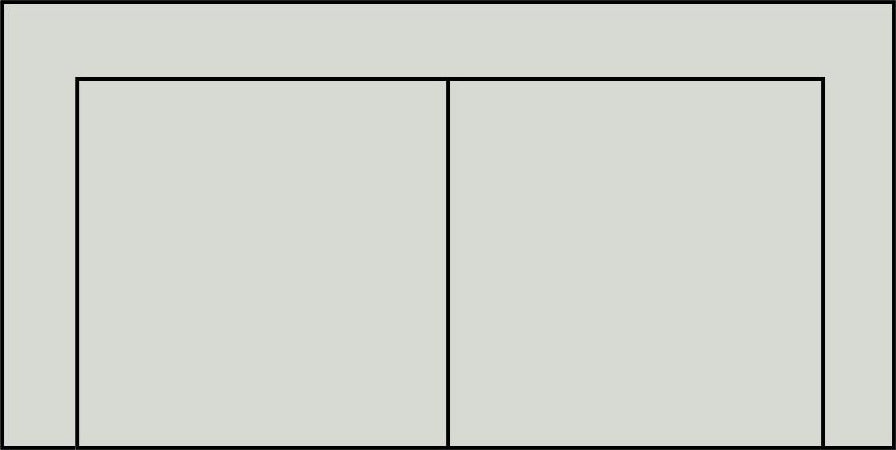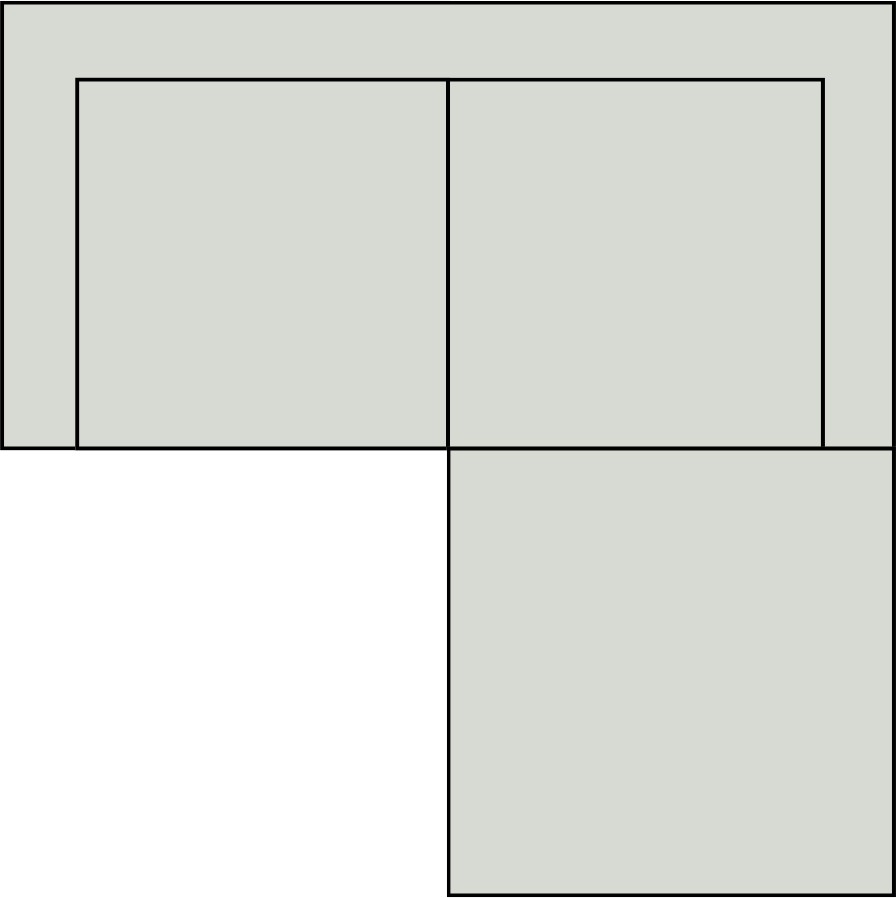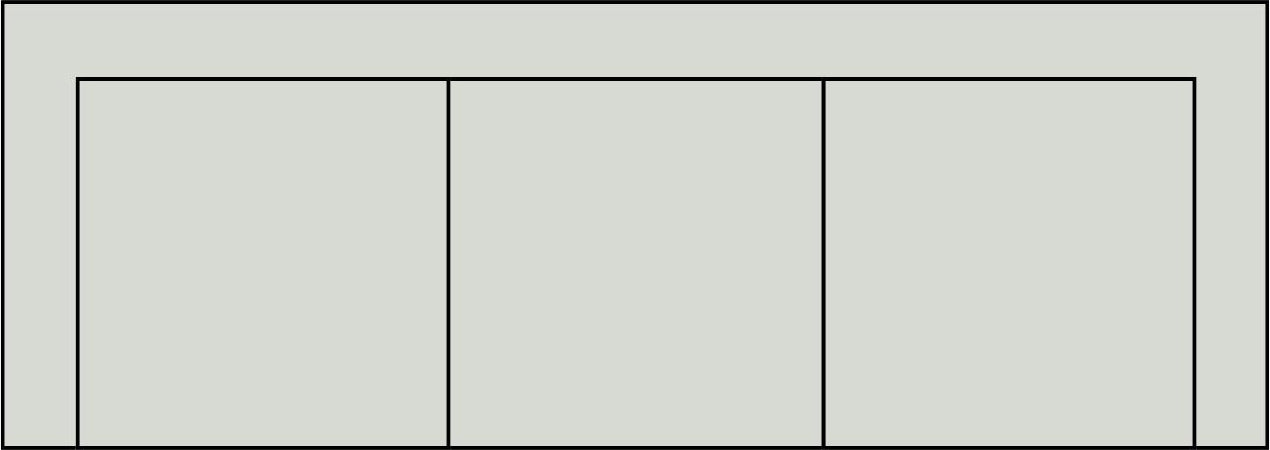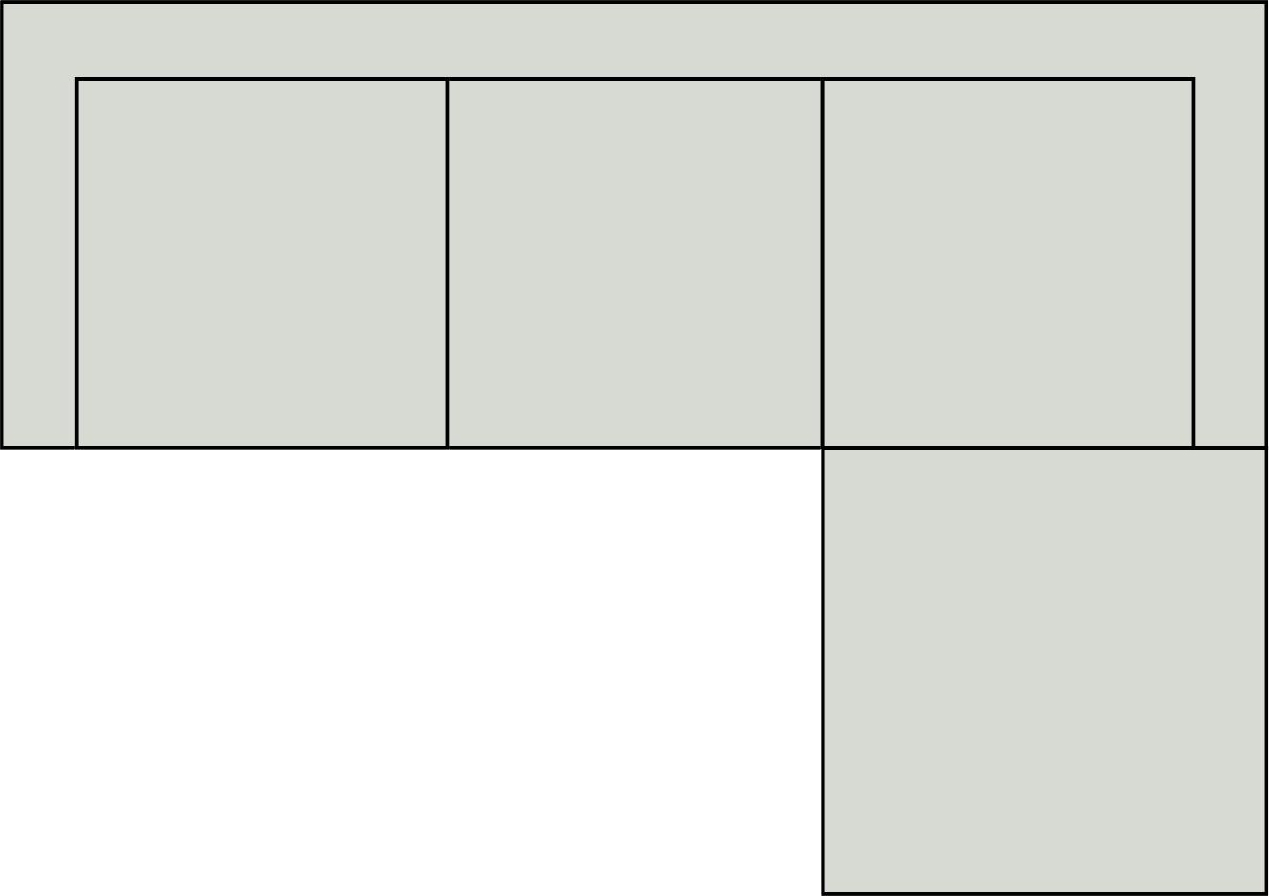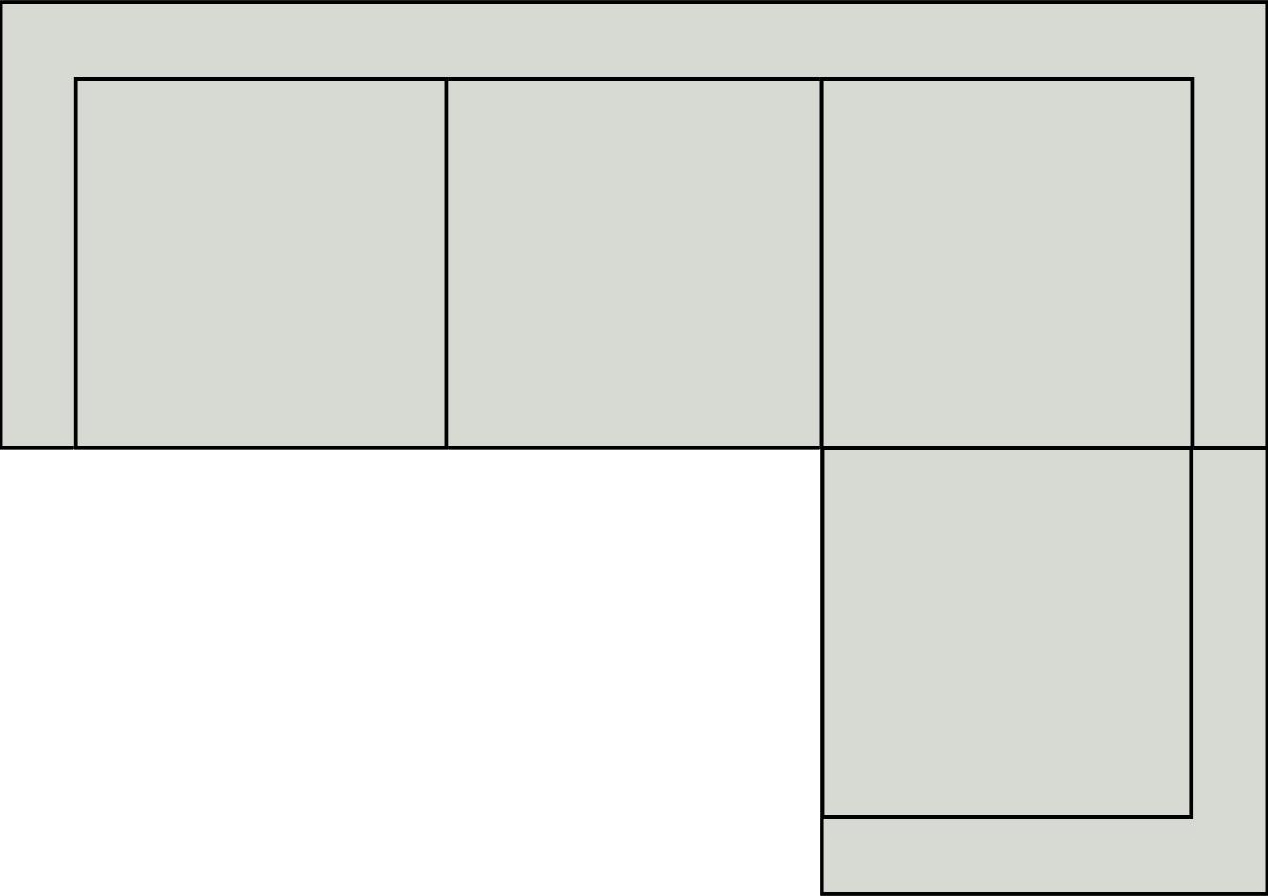CARE GUIDE
Best Practices to Clean & Care For Your Couch
At CouchHaus, we design high-quality products to bring comfort and style into your home for years to come. Proper care ensures the longevity of your furniture. Follow this guide to maintain your CouchHaus pieces.
When it comes to caring and cleaning your couch, we have you covered. Still have questions - email our client care team at hello@couchhaus.com
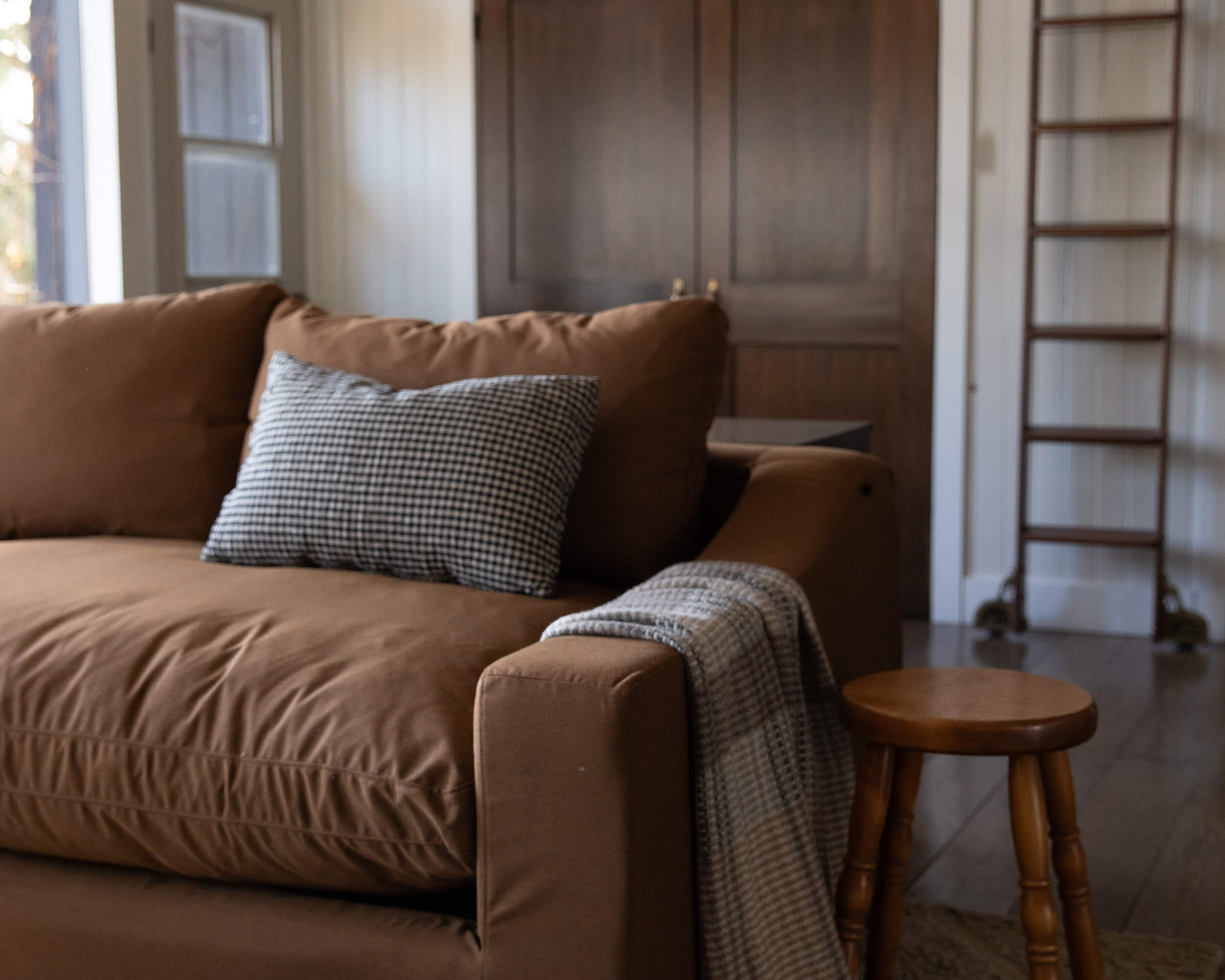
CARE GUIDE
Best Practices to Clean & Care For Your Couch
At CouchHaus, we design high-quality products to bring comfort and style into your home for years to come. Proper care ensures the longevity of your furniture. Follow this guide to maintain your CouchHaus pieces.
When it comes to caring and cleaning your couch, we have you covered. Still have questions - email our client care team at hello@couchhaus.com

General Care Tips
Flip it & Reverse it
For furniture with zipper-removable cushions, it’s important to flip them weekly. To maintain the shape and longevity of your couch cushions, rotate them to evely distribute wear, keeping them looking and feeling fresh for years to come.
Spot Cleaning & Washing
For spills or stains, gently spot-clean the affected area with a mild soap and water solution. Many of our cushion covers are also machine-washable—just check the care label for instructions. Wash on a gentle cycle, air dry, and enjoy a refreshed look!
Avoid Sunlight & Chemicals
Prolong the life of your couch by keeping it out of direct sunlight, which can cause fading. Avoid harsh chemicals or abrasive cleaners—they may damage fabrics and finishes. Check the full care guide on the couch material and how to best clean.
Cushion Care
It's modular for a reason. So switch it up! Looking to keep your sofa as "fresh" as it looked on day one? We recommend rotating and flipping your cushions and pillows every week.
Reversing and rotating your seat every so often will be the key to achieving maximum comfort.
Cleaning
Regular Maintenance:
Vacuum Weekly: Use a vacuum cleaner to remove dust and debris. Make sure that all of the bristles on any vacuum head have been wiped down and are free from dirt or grit particles; make sure you wipe out an empty canister so it's ready for new dust and debris when needed.
Rotate Cushions: Flip and rotate loose cushions regularly to ensure even wear.
Spot Cleaning: Blot spills immediately with a clean, dry, lint-free cloth. Avoid rubbing, as it can push the stain further into the fabric.
Machine Wash: Machine wash cold, with couch covers only. Test with one cover first, and use mild detergents. Bind velcro covers together and zip up pieces. Not all fabrics are machine washable, please consult with our care team prior if you are unsure.
Professional Cleaning: We recommend professional cleaning annually to keep your fabric in pristine condition.
Drying: Air dry only. Avoid using heat or hair dryers.
Wooden Frames & Legs
Dusting: Clean wood surfaces with a soft, dry cloth.
Avoid Moisture: Do not allow water to sit on wood surfaces.
It's always great to read the label. If you're unsure about what do with your sofa please email our team at hello@couchhaus.com. If you have any household chemical or products under your sink, exercise caution and avoid spraying near things that may be affected by chemicals.
Standard Cleaning Codes
When it comes to couch cleaning, there's an industry-standard. Cleaning codes specify that a fabric type should be cleaned using one particular method. You can ask a HAUS associate on how to clean it or refer back to your invoice for instructions (if available):
O: Spot clean in cold water using biodegradable detergent or eco-friendly soap; air dry. Organic dry cleaning is also recommended.
W: Spot clean using distilled water and water-based cleaning agents or foam only.
S: Spot clean with mild, water-free cleaning solvents only. Do not use water or dry clean.
SW: Spot clean using distilled water and water-based cleaning agents, foam or mild water-free cleaning solvents.
X: Vacuum or lightly brush to remove overall soil. Never use water, foam or liquid cleaning agents.
Sunlight Exposure
Just a friendly reminder, your fabrics and leather may fade due to sunlight.
Constant and direct sunlight will fade material.
There are things you can do prolong your sofa's life and colour. We recommend avoiding direct sunlight when your place your couch or set-up your living room.
Slipcovers
Removing Slipcovers:
- Start by locating the Velcro fastenings underneath or at the back of the cushions.
- Gently pull apart the Velcro and slide the slipcover off.
- Pro-Tip: Shimy each side equally to relive stress on the seam.
- If you are washing the velcro slipcovers, fasten each side together or adhere velcro to a separate loose fabric to avoid any pulling on fabric in the machine wash.
Reattaching Slipcovers:
- Align the cover with the modules and slide it back on. Shimy each side equally to relive stress on the seam.
- Smooth out any wrinkles and secure the Velcro fastenings.
For a fresh new look, always clean the entire slipcover for uniform results. Close all zippers and fasten all velcro prior to cleaning.
Couch Connectors
Connecting Modules:
- Align the connectors at the base of each module.
- Push the modules firmly together until you hear a click or feel them lock in place.
- Double-check that all connectors are secure to ensure stability.
Separating Modules:
- Gently lift and pull apart the modules while disengaging the spring connectors.
- Pro-Tip: Tilt the module upwards to view the connector.
Depilling
Pills form when there is repeated friction against an object such as fabric or upholstery in furniture like sofas - they are made from little bits of loose threads and fibre pulled out by the time-consuming process we lovingly refer to as “piling” (or more commonly known as rubbing).
Although this occurrence isn't just limited to old couches with poor quality material; even high end fabrics have been observed pausing at pill formation after months of use due to wear and tear caused through repetitive motion.
The Martindale Test is an internationally recognized way to measure the durability of fabric. This test involves robotic discs that move abrasive materials against upholstery until it shows signs of distress, and then records how many oscillations have been made before this happens so they can quantify the level at which said material will break down over time.
Look for couches with a Martindale rub-test of 25,000 rubs or more. To put that into perspective, HAUS sofas are typically Martindale tested to withstand up to 30,000 - 100,000 rubs.
As Seen On









0% APR Financing
6 Month Interest-Free Payments
Your rate will be 0% APR. Payment options through Affirm are subject to an eligibility check.



